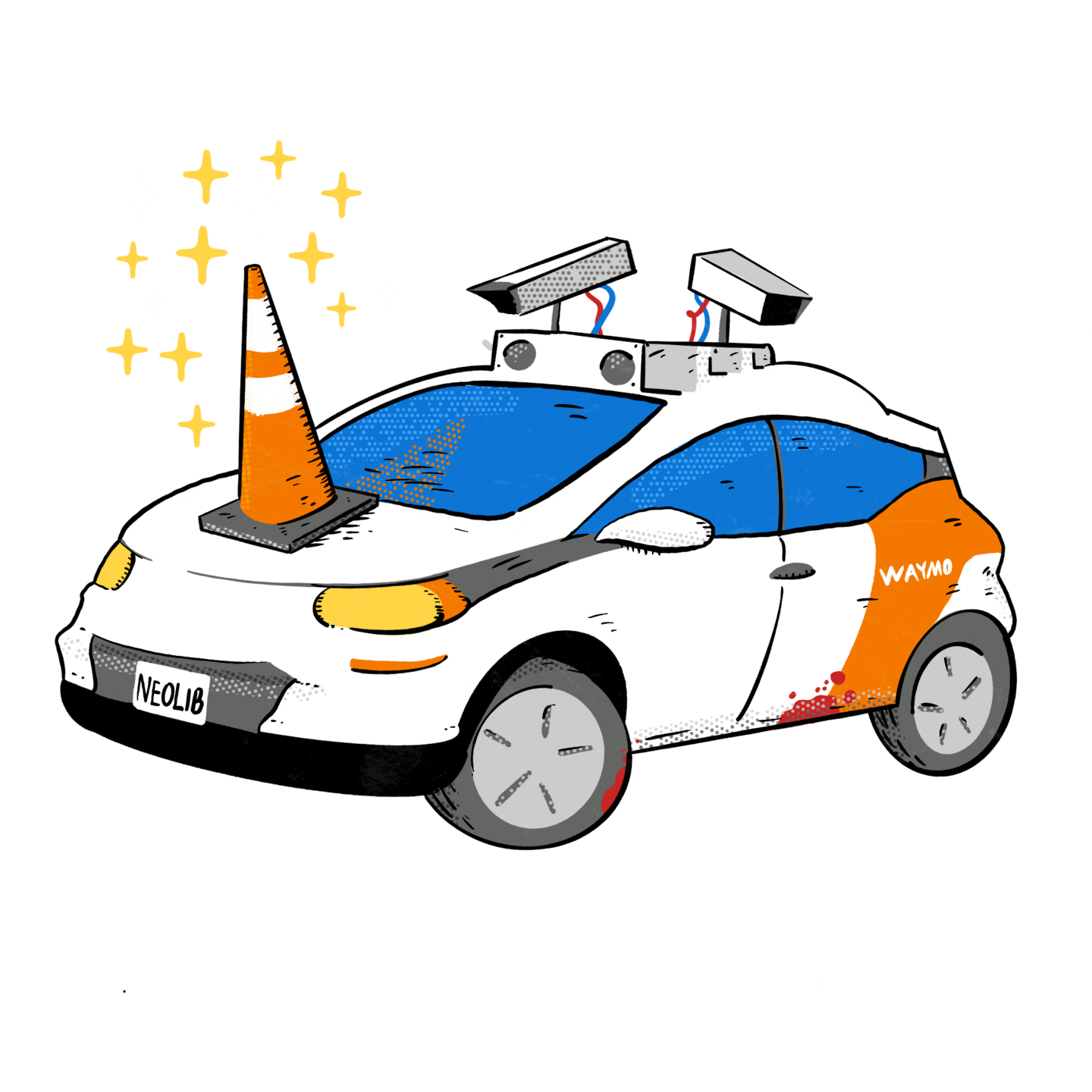
Barrons – The EV Stock Bubble Has Popped. This One [robotaxis] Is Over, Too.
Full original article by Al Root from Barrons
Remember how self-driving cars were going to eliminate traffic jams and tax drivers? Investors, and drivers, are still waiting.
Based on the stock market, it looks as if the often-promised and potentially disruptive technology should have arrived and been widely adopted years ago. Start-ups raised billions in 2021 and 2022 as investors bet on rapid technological improvements and adoption of their systems by auto makers.
Valuations reached eye-popping valuations, but that is over, at least for now. The numbers show that the bubble has popped for self-driving car stocks.

The combined peak market capitalization of self-driving truck company TuSimple and lidar makers Luminar Technologies , Innoviz Technologies , Ouster , and AEye was once about $58 billion. Shares of those start-ups hit their peaks from late 2020 to late 2021, when benchmark interest rates were near zero.
Today, the market caps add up to about $3.5 billion—a drop of almost 95%. Investors have lost their appetite for stocks of companies that don’t generate free cash flow. Over their histories, that group used about $3 billion in cash to build their businesses.
And in relative terms, the amount of cash used by TuSimpe and the lidar makers, producers of technology that acts as the eyes of self-driving cars, isn’t all that significant. Most of the spending in the category has been concentrated in the larger companies, which don’t always break out their spending on self-driving cars.
Still, some clues are available about the amount of cash they have used. Alphabet’s Waymo has raised billions of dollars, according to regulatory filings. Tesla spends hundreds of millions of dollars every quarter on research and development, though it isn’t clear how much of that might go to self-driving technology. Tesla didn’t respond to a request for comment.
Ford Motor and GM offer better insights. Ford’s Mobility division, which housed its Argo self-driving car business, reported cumulative operating losses of $5.3 billion between 2017 and 2022, when the company said it was shutting down Argo.
GM’s Cruise has reported $7.6 billion in cumulative operating losses between 2018 and 2023. In recent quarters, Cruise has been reporting sales of about $25 million, though the difficulty of ramping up the service has made growth difficult.
In October, Cruise had its license to operate self-driving taxis in California suspended after one of its cars was involved in an accident, dragging a pedestrian who had been hit by another vehicle some feet as it came to a stop. Former Cruise CEO Kyle Vogt resigned in November; GM is conducting a safety review using third-party consultants.
Getting cars to truly drive themselves has proved elusive, but the industry isn’t giving up. While Tesla CEO Elon Musk said on his company’s third-quarter earnings conference call that he had been too optimistic about self-driving technology, he still believes Tesla will get there.
Musk wants to sell self-driving software on a subscription basis, generating billions in recurring sales. The same technology could allow the company to operate a fleet of self-driving robotaxis that generate taxi-like revenue without the need to pay drivers.
That bold vision isn’t the only path to profits in the self-driving tech business. Lidar and other driver-assistance technology can make cars safer even if drivers still have to keep their eyes on the road.
”Lidar should on every vehicle for increased safety,” Luminar CEO Austin Russell told Barron’s in a recent interview. That, of course, would benefit his company, but his point is that cars don’t have to drive themselves for related technology to be adopted by auto makers.
Some companies can be profitable before fully self-driving cars become a reality. Mobileye , which makes sensors and software that enable self-driving cars, is expected to generate earnings per share of about 77 cents in 2023 and increase those profits at a rate of about 35% a year for the coming three years.
Shares of the company, which is controlled by Intel but went public via an October 2022 initial public offering, trade for about 48 times estimated 2024 earnings.
Mobileye ’s market capitalization is about $33 billion.
The rest of the self-driving car stocks will have to generate profits too if they hope to achieve similar valuations.
Full original article by Al Root from Barrons
